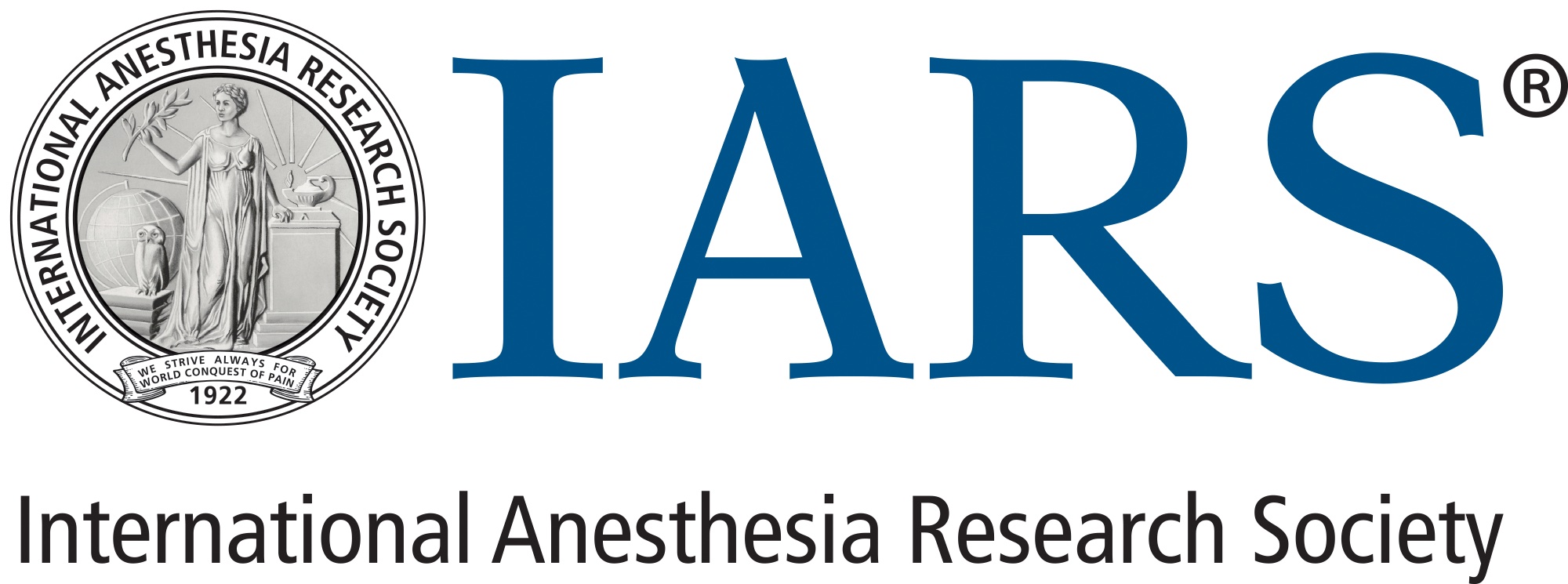Waking the Brain: New Frontiers in Accelerating Anesthesia Emergence and Recovery
Christian S. Guay, MD
Groundbreaking research into the mechanisms of emergence from anesthesia and return to cognitive baseline is setting the stage for faster patient recovery and improved perioperative care. During the “Facilitating Anesthetic Emergence and Recovery” session on Friday, March 21, at the 2025 Annual Meeting, presented by IARS and SOCCA, three researchers shared complementary insights into neurobiological pathways and pharmacological approaches that could revolutionize how patients transition from unconsciousness to full cognitive function after anesthesia. Zheng Xie, MD, PhD, a professor and researcher in the Department of Anesthesia and Critical Care at The University of Chicago, moderated this insightful session.
Paul Garcia, MD, PhD, Chief of Neuroanesthesiology at New York Presbyterian/Columbia University Irving Medical Center, opened the session by exploring fundamental mechanisms of emergence and recovery. The thalamus is the conductor of the symphony of consciousness, Dr. Garcia explained, whereas the reticular activating system provides bidirectional arousal to the cortex through excitatory inputs that are modulated by the GABA neurotransmitter system. Dr. Garcia emphasized the critical distinction between emergence (regaining consciousness) and recovery (return to cognitive baseline), noting that traditional research metrics like the righting reflex in rodents primarily assess emergence rather than complete recovery.
Gender differences in anesthetic sensitivity were highlighted, with Dr. Garcia noting that males typically demonstrate higher sensitivity to anesthetics, lower incidence of awareness during general anesthesia, and longer emergence times — likely due to hormonal mechanisms.
Pharmacological interventions including methylphenidate, caffeine, and surprisingly, ketamine can hasten emergence from general anesthesia in rodent models. “Ketamine given during isoflurane anesthesia increases risk of burst suppression but also accelerates emergence from anesthesia, which challenges the concept of a linear ‘depth of anesthesia,'” Dr. Garcia observed. For assessing recovery rather than simply emergence in rodents, Dr. Garcia uses the “sticky dot” model, where a rodent attempts to remove adhesive material from its forepaws — a task requiring higher cognitive function. His studies showed that yohimbine hastens emergence but not recovery in rodents under ketamine/xylazine anesthesia, while atipamezole accelerates both, likely due to differences in alpha-1 versus alpha-2 receptor selectivity. Furthermore, ten days of repetitive anodal direct current transcranial stimulation prior to anesthesia not only hastened both emergence and recovery but also enhanced memory in rats.
Kathleen Vincent, PhD, Instructor in the Department of Anesthesia, Critical Care, and Pain Medicine at Massachusetts General Hospital and Harvard Medical School, focused on dopaminergic neural circuits underlying conscious and cognitive recovery. She emphasized potential clinical benefits of emergence-accelerating agents, including faster neurological assessments, reduced PACU time, and quicker discharge. Her research demonstrated that methylphenidate accelerates emergence from propofol and isoflurane anesthesia in rats, while also speeding recovery of mobility after dexmedetomidine sedation.
Direct activation of the ventral tegmental area (VTA) can reverse behavioral effects of dexmedetomidine sedation, high-dose fentanyl, and sevoflurane anesthesia — though interestingly, not ketamine. Using sophisticated cognitive assessments with touchscreen-based tasks measuring sustained attention, she showed that chemogenetic activation of the VTA accelerated cognitive recovery following dexmedetomidine sedation but again proved ineffective against ketamine.
Robert Fong, MD, PhD, Associate Professor and Director of Anesthesia Preoperative Medicine Clinic at The University of Chicago, presented research on receptor-targeted, rapidly reversible anesthetic regimens. Building on findings that caffeine accelerates emergence from inhaled anesthetics, Dr. Fong’s team focused on reversing dexmedetomidine sedation and anesthetic regimens that include dexmedetomidine. Atipamezole, an alpha-2 antagonist used in veterinary medicine as a dexmedetomidine reversal agent, was found to work synergistically with caffeine to dramatically accelerate emergence from dexmedetomidine sedation.
Since dexmedetomidine alone is insufficient for general anesthesia, Dr. Fong investigated combination regimens with sevoflurane or propofol. “Combining atipamezole with caffeine very quickly accelerated emergence from these anesthetic regimens, essentially immediately after the boluses,” Dr. Fong reported. Similar results were observed with alternative combinations including magnesium sulfate with dexmedetomidine or midazolam with dexmedetomidine.
Collectively, these presentations revealed promising approaches for accelerating both emergence and cognitive recovery from anesthesia. As Dr. Garcia noted, “While it is tempting to attribute bottom-up mechanisms to emergence and top-down to recovery, there is likely overlap.” This emerging field combines behavioral, neurophysiological, and pharmacological investigations to advance our understanding of anesthetic mechanisms while offering practical strategies to improve patient care through faster, more complete recovery.
International Anesthesia Research Society
